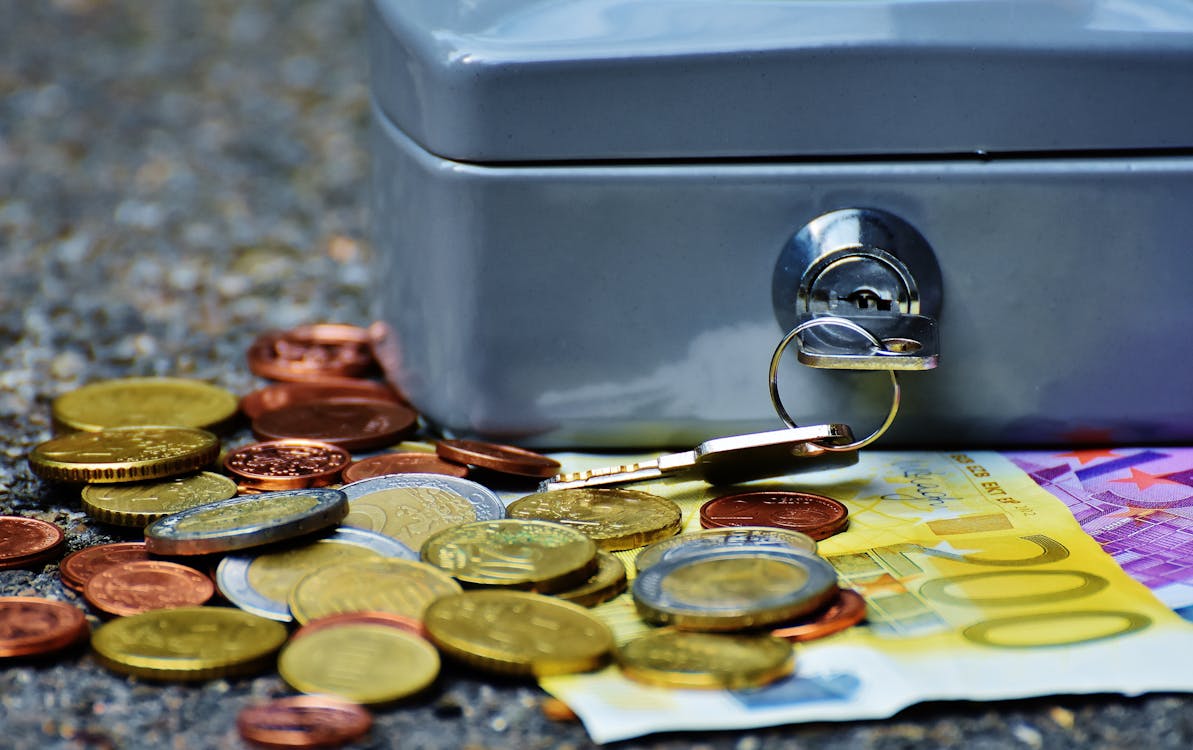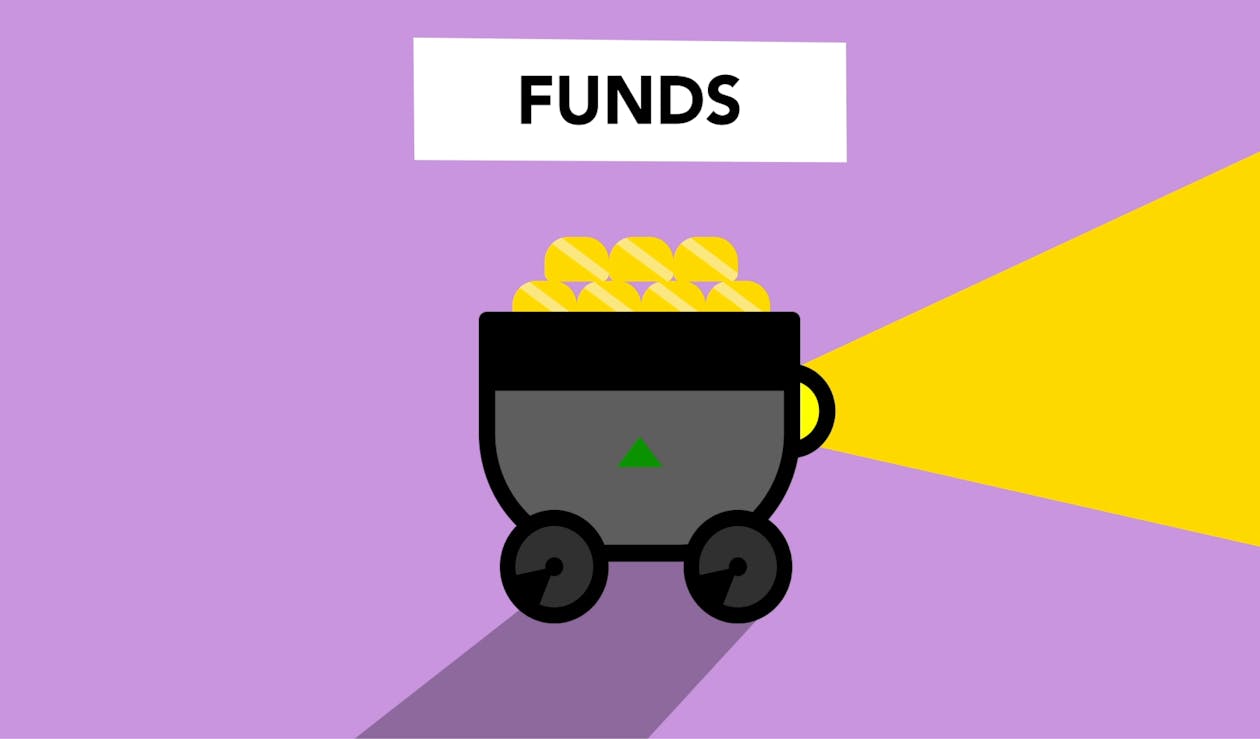How To Create An Investment Portfolio In Your Early 20S
Author: ChatGPT
March 14, 2023
Introduction
Investing in your early 20s can be a great way to set yourself up for financial success later in life. With the right strategy, you can create a portfolio that will help you reach your long-term goals and provide you with a steady stream of income. In this blog post, I’ll discuss the basics of creating an investment portfolio in your early 20s and provide some tips on how to get started.
Start Early
The most important thing to remember when creating an investment portfolio is to start early. The earlier you start investing, the more time your money has to grow. Compound interest is one of the most powerful tools for building wealth over time, so it’s important to take advantage of it as soon as possible.
When you’re just starting out, it can be tempting to put off investing until later in life when you have more money saved up. But even small investments now can make a big difference down the road. Investing just $50 per month over 10 years could result in more than $7000 in savings by the end of that period.

Understand Your Goals
Before you start investing, it’s important to understand what your goals are and how much risk you’re willing to take on. Are you looking for short-term gains or long-term growth? Do you want a steady stream of income or are you looking for capital appreciation? Knowing what kind of returns you want will help guide your investment decisions and ensure that your portfolio is tailored to meet your needs.
It’s also important to understand how much risk you’re comfortable taking on. Different types of investments come with different levels of risk, so it’s important to find a balance between safety and potential returns that works for you. Generally speaking, younger investors should be willing to take on more risk since they have more time for their investments to recover from any losses they may incur along the way.

Diversify Your Portfolio
Once you know what kind of returns and level of risk are right for you, it’s time to start diversifying your portfolio. Diversification is key when it comes to investing because it helps spread out your risk across different asset classes and reduces the chance that any one investment will fail catastrophically and wipe out all your savings at once. A good rule of thumb is to invest no more than 10% of your total portfolio into any one asset class or individual stock/bond/mutual fund/etc., but this number may vary depending on your individual situation and goals.
When diversifying, try not only diversifying across asset classes (stocks vs bonds vs cash) but also across sectors (technology vs healthcare vs energy). This will help ensure that if one sector takes a hit due to market conditions or other factors, the rest of your investments won't be affected too drastically as well.

Stay Informed & Rebalance Regularly
Finally, once you have created an investment portfolio that meets all these criteria, it's important not only stay informed about current market conditions but also rebalance regularly (at least once per year). Rebalancing helps ensure that each asset class remains within its target allocation range so that no single sector becomes too heavily weighted in relation to the others - this helps reduce overall volatility while still allowing for potential gains over time. Additionally, staying informed about current market conditions will help keep track of any changes or trends that may affect certain sectors or stocks so that adjustments can be made accordingly if needed.
Creating an investment portfolio in your early 20s doesn't have to be complicated - with some basic knowledge and careful planning, anyone can build a strong foundation for their financial future!I highly recommend exploring these related articles, which will provide valuable insights and help you gain a more comprehensive understanding of the subject matter.:www.cscourses.dev/are-altcoins-a-good-investment.html, www.cscourses.dev/are-dividend-reinvestments-taxable.html, www.cscourses.dev/what-effect-has-globalization-had-international-investments.html


How Long Does It Take To Sell Stock And Get Money?
Discover the answer to one of the most frequently asked questions in the world of finance - learn how long it takes to sell stock and receive your earnings.

What Are High Dividend Stocks?
Discover how investing in high dividend stocks can potentially provide a steady income stream and increase your long-term returns in the stock market.

Are Data Science And Machine Learning The Same?
Data science is a field of study that focuses on extracting insights from large amounts of data. It involves using various techniques such as machine learning, natural language processing, statistics, and data mining to analyze data sets and uncover patterns or trends.

Are Remarkable Tablets Worth It?
Are you looking for a device that can replace your notebooks and printed documents? If so, you may have heard of the reMarkable 2 tablet.
